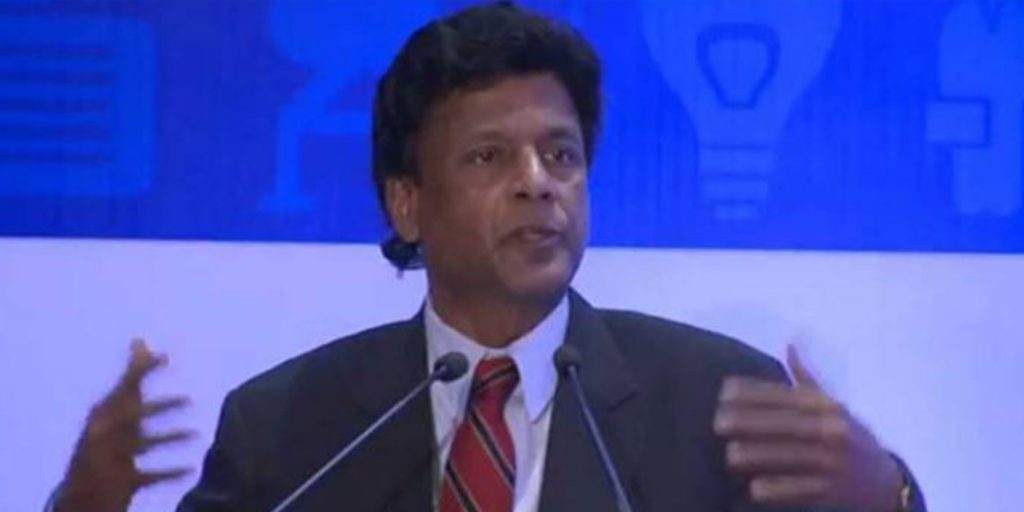ROAR of Ravi Dev
Last week we wrote about voting patterns in Guyana and what we may expect on March 2, next year. By 1992, the left-right ideological divided had disappeared and it surprised some when in the elections of that year after the PNC had brought the country to its knees, it yet received 42.3% of the votes cast – even surpassing their 40.5% garnered in 1964 – the last free and fair elections. The WPA, which some thought had broken the back of “racial voting proclivities” because of the multiracial crowds they pulled in the 1970s, received a mere 2%. It confirmed what a poll conducted by Baytoram Ramharack’s TRPI had shown the year before: the electorate was still oriented “racially/ethnically”: African-Guyanese voted for PNC; Indian-Guyanese for the PPP and the remainder cast their lots somewhat more randomly.
One may look at the voting behavior of the Indian segment as “rational” because of the failure of the PNC to deliver their promise to develop Guyana. But what about the African section? Their behavior was just as “rational” because of their fears that the PPP would only reward their own (Indian) supporters and discriminate against them – echoing what the PNC had done during their tenure. In fact, those fears were exacerbated when the WPA took out full-page ads in the newspapers warning African Guyanese to “organize for their survival” against a “triumphalist” PPP.
The PPP did not help matters when they insisted that their “Civic” appendage satisfied their promise that they would not practice “winner-takes-all” politics were they to win. The PNC, under Desmond Hoyte, immediately unleashed a rear-guard war of attrition, claiming that the PPP’s policies, from government staffing to house lot allocation – were “racist”. It did not matter that objective, internationally sanctioned “Household Income and Expenditure Surveys” (HIES) between 1992 and 1999 showed that poverty was significantly reduced on the coastland, with urban residents (where African Guyanese predominated) doing significantly better.
When the PPP won the December 1997 elections, street protests by the PNC against the results escalated into an armed uprising against the PPP government, its supporters and the state by gunmen based in Buxton, led by 5 Prison escapees, calling themselves “African Freedom Fighters”. Back in 1995, this writer had warned of this violence erupting because of the operation of what he had labeled the “ethnic security dilemmas” in the country. African-Guyanese, a minority in a majoritarian electoral system could potentially be locked out of office in perpetuity.
However, since they overwhelmingly dominated the Police Force; Army, Civil Service and most crucially, the capital Georgetown, their leadership in the PNC could always hope that their “kith and kin” (as Desmond Hoyte called them) would not be unsympathetic against efforts to take extra-parliamentary measures to “manners” the PPP.
The Indian-Guyanese Security Dilemma was that while they may win elections because of their superior numbers, would “their government” – the PPP – be allowed to govern because of the above-mentioned forces that could be arrayed against them? Harking to the “principle of anticipated reactions”, the PPP government was always on the back foot and eventually, presumably under the doctrine that the state must be protected by any means, allowed private groups to engage in vigilante action against the forces arrayed against the state. This standoff only ended with the killings of the last gang members in 2008, but left a bitter, taste in the African Guyanese community, while heightening the vulnerability of Indian Guyanese.
But by then, there were two significant developments. Firstly, heavier Indian-Guyanese migration destroyed their majority status and thus ending the African- Guyanese Security Dilemma. Secondly, a significant number of citizens from across the divide voted in 2006 for the “multi-racial” AFC, signaling that the reflexive racial/ethnic voting orientation was loosening. This increased in 2011 and served to oust the PPP in 2015 after they coalesced with the PNC.
With the failure of the PNC/AFC coalition to deliver development, as discussed last week, it is up to the PPP to convince the fragile “multi-racial” bloc that they are more competent on this “valence” metric all agree on. In addition, African-Guyanese political leadership, now knowing that Indian Guyanese cannot win on their own and the PPP must, therefore, be accommodative – especially with the augmented coercive arms of the state they dominate, watching on – hopefully, will accept the majoritarian imperative.
